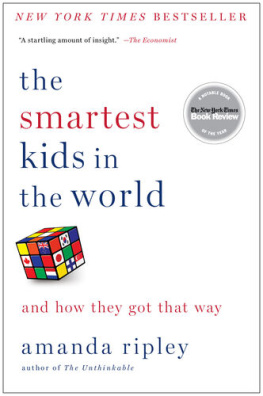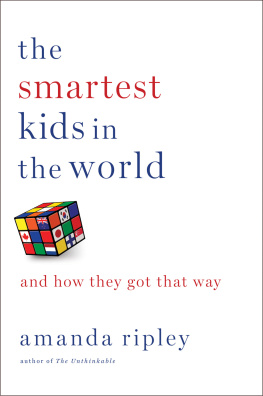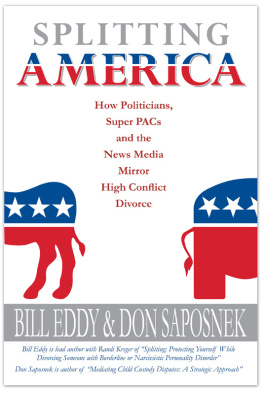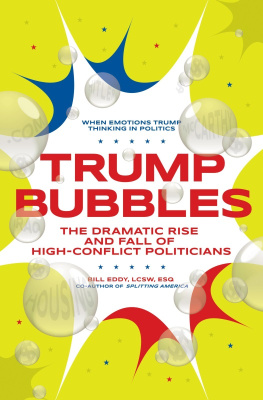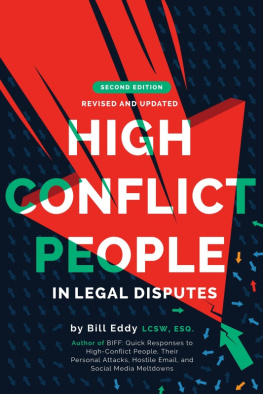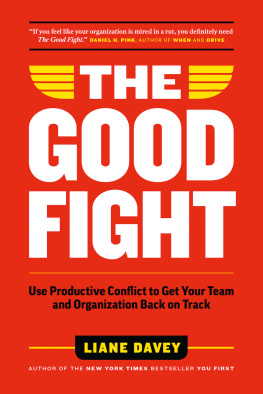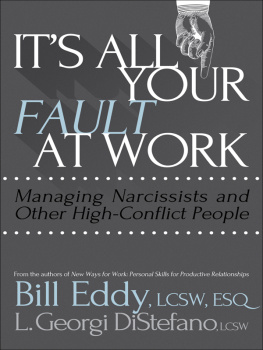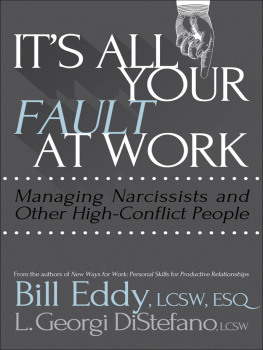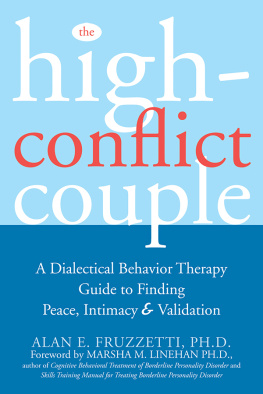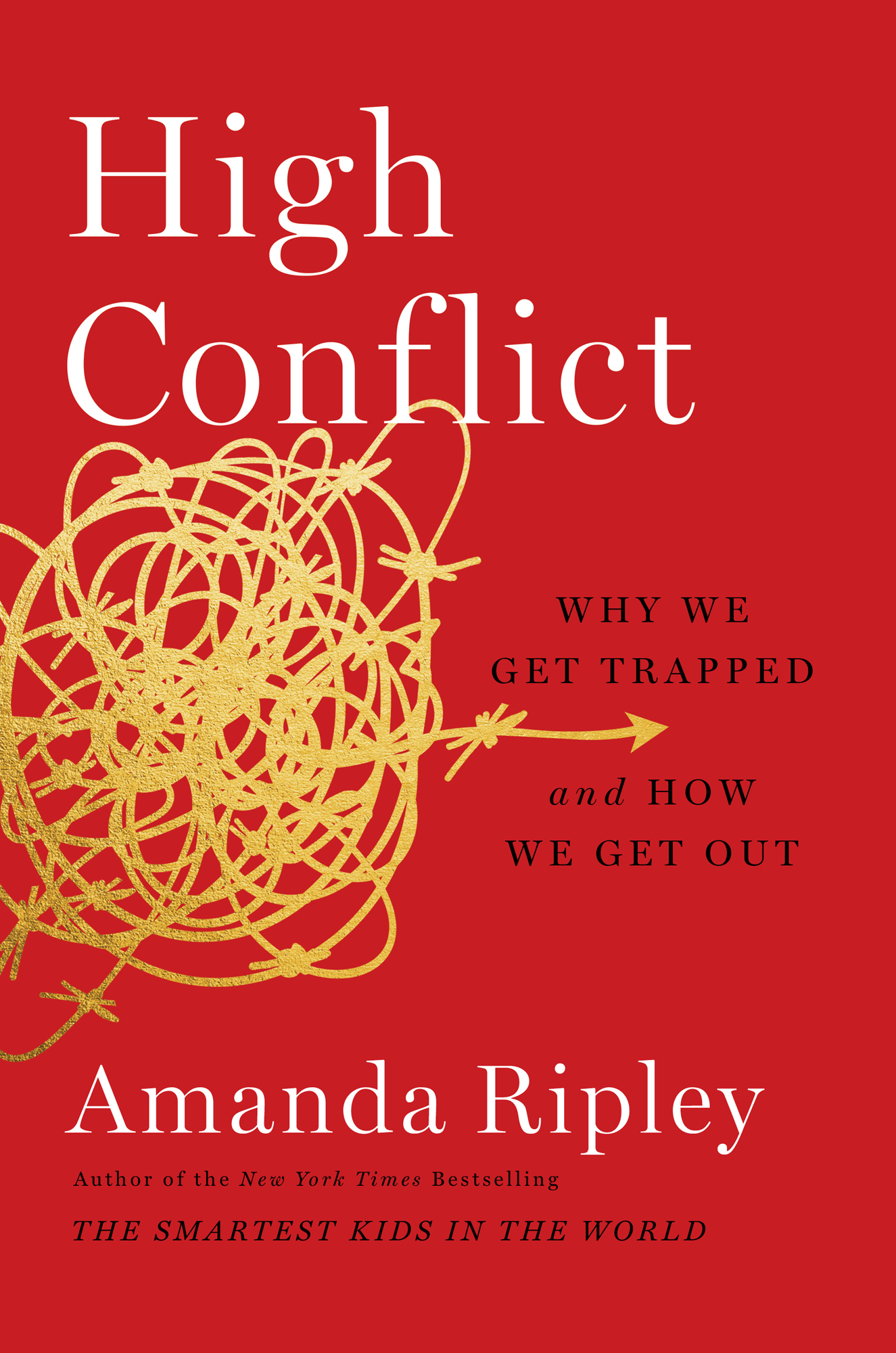
High Conflict
Why We Get Trapped and How We Get Out
Amanda Ripley
Author of the New York Bestselling
The Smartest Kids in the World
also by amanda ripley
The Smartest Kids in the World: And How They Got That Way
The Unthinkable: Who Survives When Disaster Strikesand Why

Simon & Schuster
1230 Avenue of the Americas
New York, NY 10020
www.SimonandSchuster.com
Copyright 2021 by Amanda Ripley
All rights reserved, including the right to reproduce this book or portions thereof in any form whatsoever. For information, address Simon & Schuster Subsidiary Rights Department, 1230 Avenue of the Americas, New York, NY 10020.
First Simon & Schuster hardcover edition April 2021
SIMON & SCHUSTER and colophon are registered trademarks of Simon & Schuster, Inc.
For information about special discounts for bulk purchases, please contact Simon & Schuster Special Sales at 1-866-506-1949 or .
To book this speaker at your event, contact .
Jacket design by Tom McKeveny
Jacket art by Gwens Graphic Studio/Getty Images
Library of Congress Cataloging-in-Publication Data
Names: Ripley, Amanda, author.
Title: High conflict : why we get trapped and how we get out / Amanda Ripley.
Description: New York : Simon & Schuster, [2021] | Includes bibliographical references and index. | Summary: In the tradition of bestselling explainers like The Tipping Point, the first popular book based on cutting edge science that breaks down the idea of extreme conflict, the kind that paralyzes people and places, and then shows how to escape it Provided by publisher.
Identifiers: LCCN 2020043664 | ISBN 9781982128562 (hardcover) | ISBN 9781982128586 (ebook)
Subjects: LCSH: Social conflict. | Interpersonal conflict. | Conflict management.
Classification: LCC HM1121 .R57 2021 | DDC 303.6dc23
LC record available at https://lccn.loc.gov/2020043664
ISBN 978-1-9821-2856-2
ISBN 978-1-9821-2858-6 (ebook)
for max
Out beyond ideas of wrongdoing and rightdoing, there is a field. Ill meet you there.
Sufi poet Jalal al-Din Muhammad Rumi, 13th century
glossary
Confirmation bias.The human tendency to interpret new information as confirmation of ones preexisting beliefs.Conflict entrepreneurs.People who exploit high conflict for their own ends.Conflict trap.A conflict that becomes magnetic, pulling people in despite their own best interests. Characteristic of high conflict.Contact theory.The idea that people from different groups will, under certain conditions, tend to become less prejudiced toward one another after spending time together.Crock pot.A shorthand term for the issue that a conflict
appears to be about, on the surface, when it is really about something else.Cyberball.A simple online ball-tossing game created by researchers to study the effect of social exclusion.Fire starters.Accelerants that lead conflict to explode in violence, including group identities, conflict entrepreneurs, humiliation, and corruption.Fourth way.A way to go through conflict thats more satisfying than running away, fighting, or staying silent, the three usual paths. Leaning into the conflict.Good conflict.Friction that can be serious and intense but leads somewhere useful. Does not collapse into dehumanization. Also known as healthy conflict.High conflict.A conflict that becomes self-perpetuating and all-consuming, in which almost everyone ends up worse off. Typically an us-versus-them conflict.Humiliation.A forced and public degradation; an unjustified loss of dignity, pride, or status. Can lead to high conflict and violence.Idiot-driver reflex.The human tendency to blame other peoples behavior on their intrinsic character flawsand attribute our own behavior to the circumstances we find ourselves in. Also known as the fundamental attribution error.Illusion of communication.The extremely common and mistaken belief that we have communicated something, when we have not.La Brea Tar Pits.A place in Los Angeles where natural asphalt has bubbled up from below the grounds surface since the last Ice Age. A metaphor for high conflict.Looping for understanding.An iterative, active listening technique in which the person listening reflects back what the person talking seems to have saidand checks to see if the summary was right. Developed by Gary Friedman and Jack Himmelstein and detailed in their book
Challenging Conflict.Magic ratio.When the number of everyday positive interactions between people significantly outweighs the number of negative, creating a buffer that helps keep conflict healthy. (In marriage, for example, the magic ratio is 5 to 1, according to research by psychologists Julie and John Gottman.)Paradox No. 1 of High Conflict.We are animated by high conflict, and also haunted by it. We want it to end, and we want it to continue.Paradox No. 2 of High Conflict.Groups bring obligations, including the duty to harmor, at other times, the obligation to do
no harm, to make peace.Paradox No. 3 of High Conflict.No one will change in the ways you want them to until they believe you understand and accept them for who they are right now. (And sometimes not even then.)Power of the binary.The dangerous reduction of realities or choices into just two. For example: Black and White, good and evil, Democrat and Republican.Saturation point.The point in a conflict where the losses seem heavier than the gains; an opportunity for a shift.Telling.The use of superficial shortcuts (like clothing or hair color) to quickly figure out who belongs to which group in a given conflict. A term used in Northern Ireland.Understory.The thing the conflict is really about, underneath the usual talking points (see
Crock pot).
principal characters
oxford, england
Mark Lynas. Environmentalist and author. Formerly an activist against genetically modified crops.
muir beach, california
Gary Friedman. Conflict mediator, author, and former trial lawyer. Ran for local office in his town of Muir Beach, California.
Tanya. Labor organizer, author, and neighbor of Garys. Served as Garys political strategist in his campaign.
Hugh. Businessperson, current and former board member, and neighbor of Garys. Member of the Old Guard in Garys conflict.
Elizabeth. Designer, former board member, and neighbor of Garys. Member of the New Guard.
chicago, illinois
Curtis Toler. Violence interrupter, actor, and a former leader in the Black P Stone gang.
Benji Wilson. A star high school basketball player in Chicago in the 1980s.
Billy Moore. Violence interrupter, author, and a former member of the Gangster Disciples, a rival gang to the Black P Stones.
bogot and medelln, colombia
Sandra Milena Vera Bustos. Social justice advocate and former guerrilla fighter. Voluntarily exited Colombias civil war.
Diego. A police officer and old friend of Sandras, who accompanied her on the day she turned herself in.
Juan Pablo Aparicio. A graduate student who investigated whether soccer-related propaganda helped to nudge people out of high conflict in Colombia.
new york city, new york

